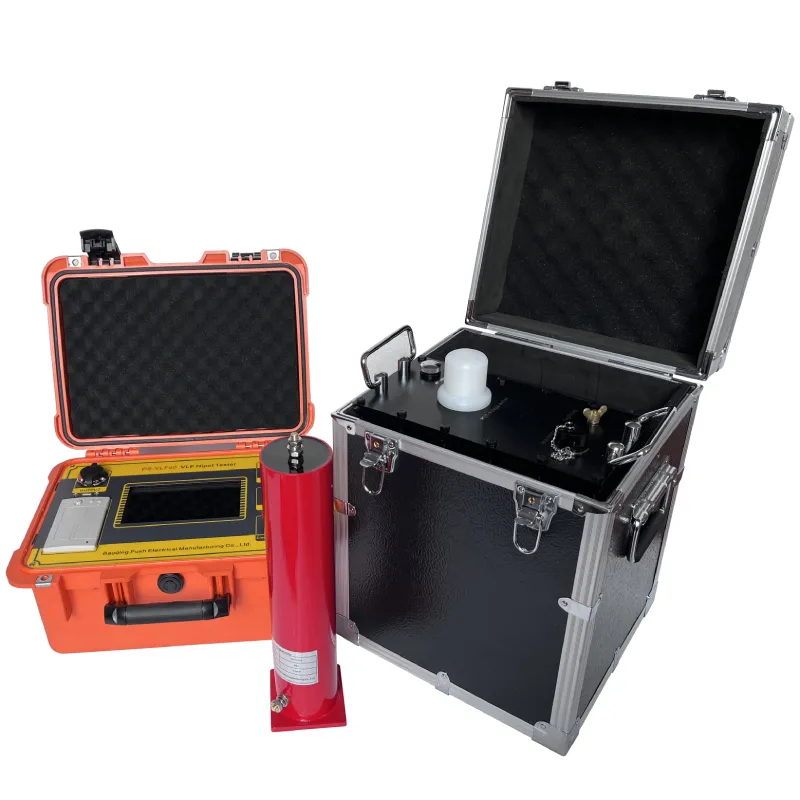 English
English



-
 Afrikaans
Afrikaans -
 Albanian
Albanian -
 Amharic
Amharic -
 Arabic
Arabic -
 Armenian
Armenian -
 Azerbaijani
Azerbaijani -
 Basque
Basque -
 Belarusian
Belarusian -
 Bengali
Bengali -
 Bosnian
Bosnian -
 Bulgarian
Bulgarian -
 Catalan
Catalan -
 Cebuano
Cebuano -
 China
China -
 China (Taiwan)
China (Taiwan) -
 Corsican
Corsican -
 Croatian
Croatian -
 Czech
Czech -
 Danish
Danish -
 Dutch
Dutch -
 English
English -
 Esperanto
Esperanto -
 Estonian
Estonian -
 Finnish
Finnish -
 French
French -
 Frisian
Frisian -
 Galician
Galician -
 Georgian
Georgian -
 German
German -
 Greek
Greek -
 Gujarati
Gujarati -
 Haitian Creole
Haitian Creole -
 hausa
hausa -
 hawaiian
hawaiian -
 Hebrew
Hebrew -
 Hindi
Hindi -
 Miao
Miao -
 Hungarian
Hungarian -
 Icelandic
Icelandic -
 igbo
igbo -
 Indonesian
Indonesian -
 irish
irish -
 Italian
Italian -
 Japanese
Japanese -
 Javanese
Javanese -
 Kannada
Kannada -
 kazakh
kazakh -
 Khmer
Khmer -
 Rwandese
Rwandese -
 Korean
Korean -
 Kurdish
Kurdish -
 Kyrgyz
Kyrgyz -
 Lao
Lao -
 Latin
Latin -
 Latvian
Latvian -
 Lithuanian
Lithuanian -
 Luxembourgish
Luxembourgish -
 Macedonian
Macedonian -
 Malgashi
Malgashi -
 Malay
Malay -
 Malayalam
Malayalam -
 Maltese
Maltese -
 Maori
Maori -
 Marathi
Marathi -
 Mongolian
Mongolian -
 Myanmar
Myanmar -
 Nepali
Nepali -
 Norwegian
Norwegian -
 Norwegian
Norwegian -
 Occitan
Occitan -
 Pashto
Pashto -
 Persian
Persian -
 Polish
Polish -
 Portuguese
Portuguese -
 Punjabi
Punjabi -
 Romanian
Romanian -
 Russian
Russian -
 Samoan
Samoan -
 Scottish Gaelic
Scottish Gaelic -
 Serbian
Serbian -
 Sesotho
Sesotho -
 Shona
Shona -
 Sindhi
Sindhi -
 Sinhala
Sinhala -
 Slovak
Slovak -
 Slovenian
Slovenian -
 Somali
Somali -
 Spanish
Spanish -
 Sundanese
Sundanese -
 Swahili
Swahili -
 Swedish
Swedish -
 Tagalog
Tagalog -
 Tajik
Tajik -
 Tamil
Tamil -
 Tatar
Tatar -
 Telugu
Telugu -
 Thai
Thai -
 Turkish
Turkish -
 Turkmen
Turkmen -
 Ukrainian
Ukrainian -
 Urdu
Urdu -
 Uighur
Uighur -
 Uzbek
Uzbek -
 Vietnamese
Vietnamese -
 Welsh
Welsh -
 Bantu
Bantu -
 Yiddish
Yiddish -
 Yoruba
Yoruba -
 Zulu
Zulu
induced voltage withstand test
Induced Voltage Withstand Test A Comprehensive Overview
The induced voltage withstand test is a critical assessment method used to evaluate the insulation integrity of electrical equipment and systems. It is particularly important for ensuring that electrical devices can withstand high levels of induced voltage that may occur during normal operation or in fault conditions. This article aims to provide an understanding of the test, its significance, and the methodologies often employed in its execution.
Understanding Induced Voltage
Induced voltage refers to the voltage that arises in conductors when they are exposed to a varying magnetic field. This phenomenon can occur in various electrical components, including transformers, cables, and motors, particularly in cases where alternating current (AC) is involved. During operation, adjacent conductors carrying current can create a magnetic field that induces voltage in nearby conductors, leading to potential insulation breakdown if the voltage exceeds the system's design limits.
Importance of the Test
Conducting an induced voltage withstand test is essential for several reasons
1. Safety Equipment failure due to inadequate insulation can lead to electrical shock hazards, fires, and equipment damage. Testing helps ensure that devices meet safety standards.
2. Reliability Inadequate insulation can cause intermittent failures, significantly affecting system reliability. Regular testing helps anticipate and mitigate such risks.
3. Compliance Many industries are governed by stringent regulations regarding insulation integrity. Performing this test is crucial for compliance with industry standards and regulations.
4. Performance Verification The test helps verify the reliability of newly manufactured products and maintenance work, ensuring they can operate safely under expected conditions.
induced voltage withstand test

Methodology
The induced voltage withstand test typically involves several steps
1. Preparation The equipment under test (EUT) must be isolated from any power source. It should be inspected visually for any possible mechanical damage to the insulation.
2. Test Setup The test setup involves connecting the EUT to a test transformer that generates a specified voltage, which is usually higher than the normal operating voltage. This induced voltage is applied across the insulation system.
3. Voltage Application With the EUT connected, the induced voltage is gradually increased to the test level. The duration for which the voltage is applied varies, but it often lasts for at least one minute.
4. Observation During the test period, careful observations are made for any signs of insulation breakdown, which may include arcing, sparking, or noticeable degradation of the insulation materials.
5. Assessment Once the test is complete, the insulation is assessed for any damage or breakdown. This assessment can involve resistance measurements, insulation testing using a megohmmeter, or visual inspections.
Conclusion
The induced voltage withstand test is an indispensable part of the electrical testing protocol. By simulating operational stresses and identifying potential weaknesses in insulation systems, this test plays a vital role in ensuring the safety, reliability, and efficiency of electrical equipment. As technology advances and the demand for more robust electrical systems grows, the importance of rigorous testing methodologies like the induced voltage withstand test cannot be overstated. Regular application of this test not only helps in maintaining compliance with industry standards but also ensures that equipment operates smoothly, ultimately safeguarding both personnel and infrastructure from unforeseen failures.
-
Using Distillation Range Testers in the Food and Beverage IndustryNewsApr.16,2025
-
The Impact of IoT on Distillation Range Tester PerformanceNewsApr.16,2025
-
The Best Distillation Range Testers for Extreme ConditionsNewsApr.16,2025
-
How Distillation Range Testers Save Time and MoneyNewsApr.16,2025
-
Distillation Devices for Advanced Separation TechniquesNewsApr.16,2025
-
Common Mistakes to Avoid When Using a Distillation Range TesterNewsApr.16,2025



